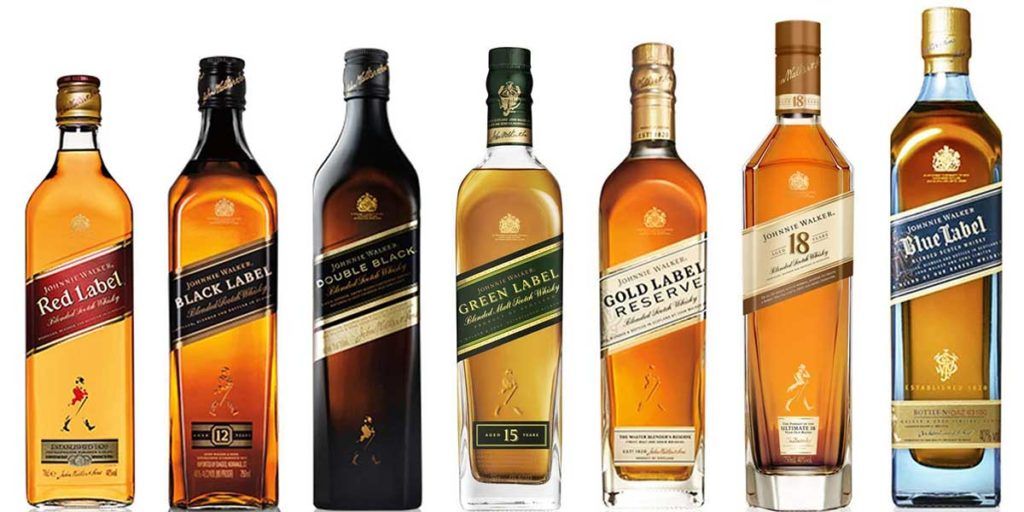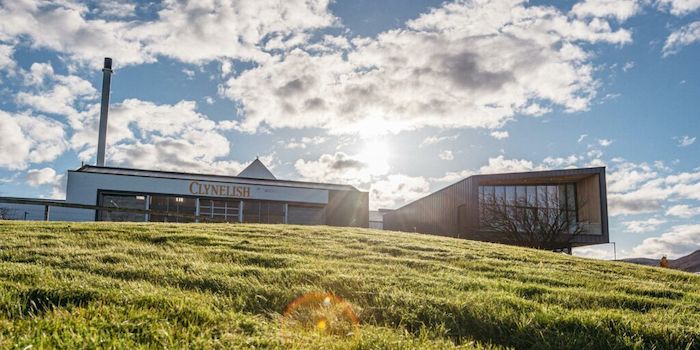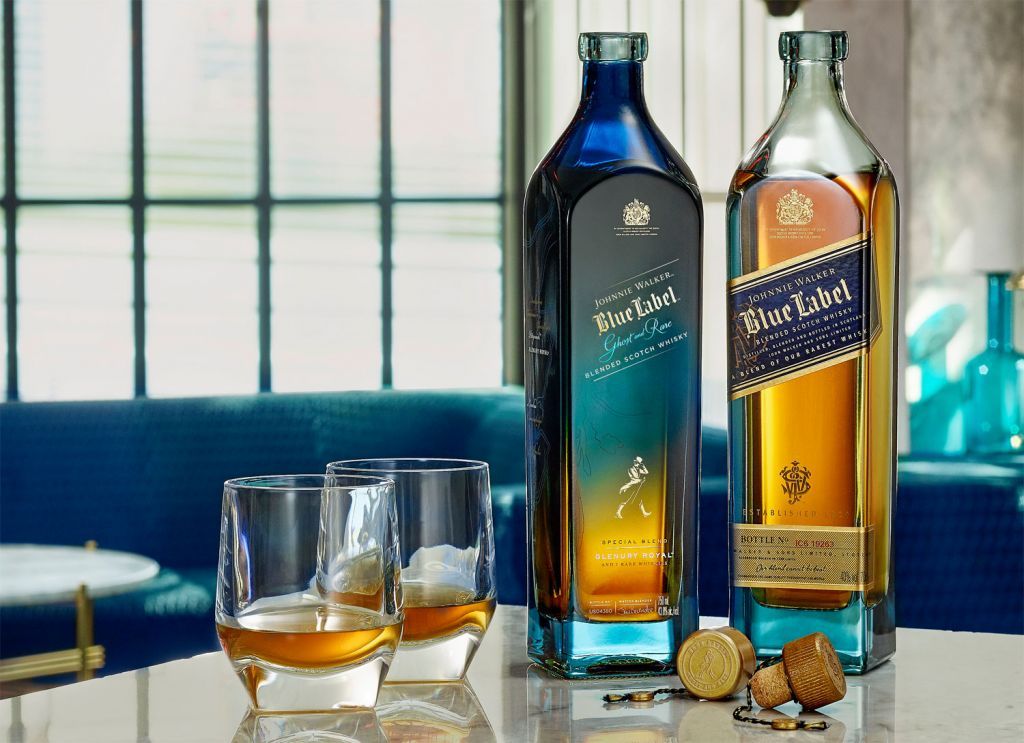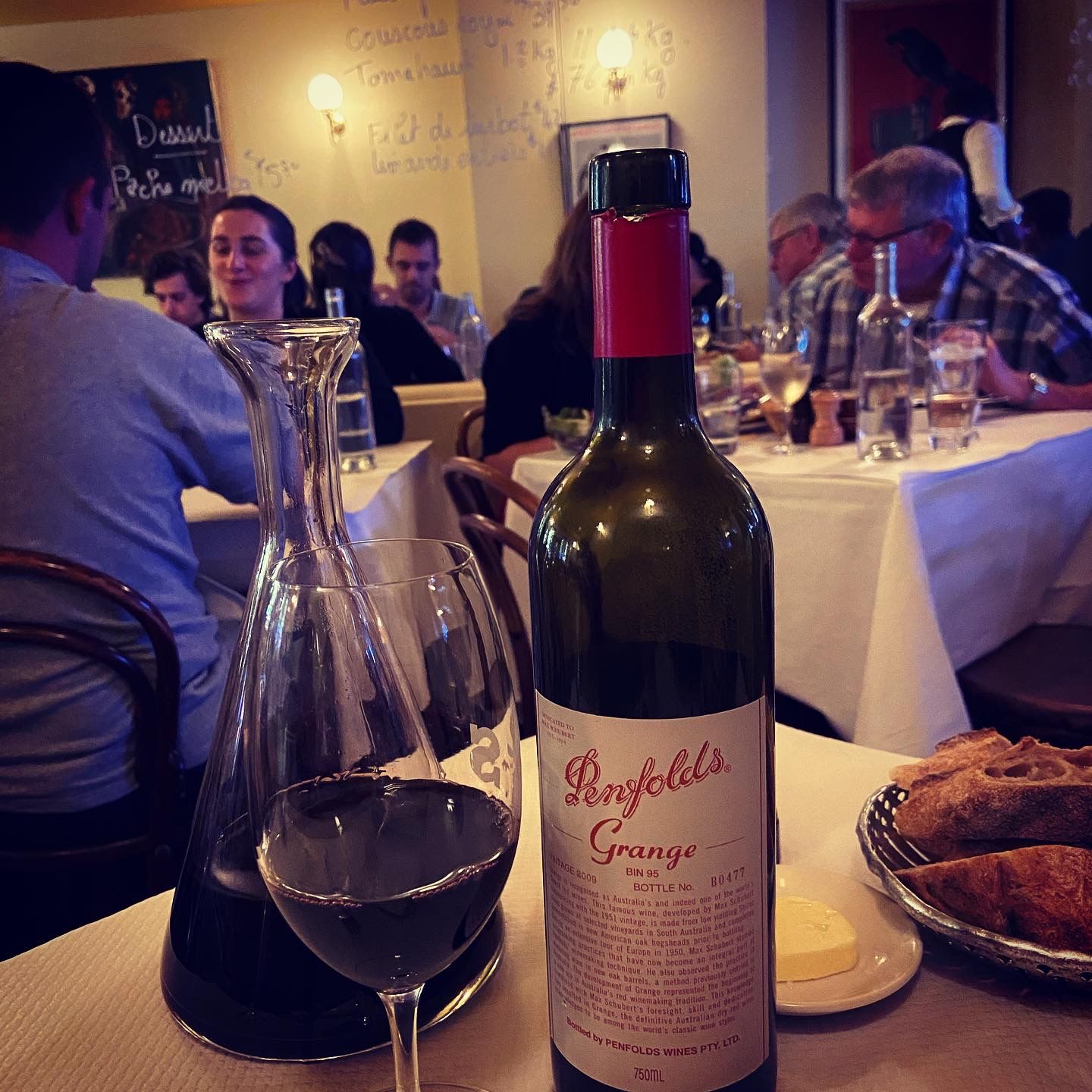
John Walker was born on 25 July 1805. His farmer father died in 1819, and the family sold the farm. Their trustees invested the proceeds, £417, in an Italian warehouse, grocery, and wine and spirits shop on the High Street in Kilmarnock, Ayrshire, Scotland. Walker managed the grocery, wine, and spirits segment as a teenager in 1820. The Excise Act of 1823 relaxed strict laws on the distillation of whisky and reduced, by a considerable amount, the extremely heavy taxes on the distillation and sale of whisky.[2] By 1825, Walker, a teetotaller, was selling spirits, including rum, brandy, gin, and whisky.
In short order, he switched to dealing mainly in whisky. Since blending of grain and malt whiskies was still banned, he sold both blended malt whiskies and grain whiskies.[ They were sold as made-to-order whiskies, blended to meet specific customer requirements because he did not have any brand of his own. He began using his name on labels years later, selling a blended malt as Walker's Kilmarnock Whisky. John Walker died in 1857.
The brand became popular, but after Walker's death, it was his son Alexander ‘Alec’ Walker and grandson Alexander Walker II who were largely responsible for establishing the whisky as a favoured brand. The Spirits Act of 1860 legalised the blending of grain whiskies with malt whiskies and ushered in the modern era of blended Scotch whisky. Blended Scotch whisky, lighter and sweeter in character, was more accessible, and much more marketable to a wider audience. Andrew Usher of Edinburgh was the first to produce a blended whisky, but the Walkers followed in due course.

Alexander Walker had introduced the brand's signature square bottle in 1860. This meant more bottles fitting the same space and fewer broken bottles. The other identifying characteristic of the Johnnie Walker bottle was – and still is – the label, which, since that year, is applied at an angle of 24 degrees upwards left to right and allows text to be made larger and more visible. This also allowed consumers to identify it at a distance.[4] One major factor in his favour was the arrival of a railway in Kilmarnock, carrying goods to merchant ships travelling the world. Thanks to Alec's business acumen, sales of Walker's Kilmarnock reached 100,000 gallons (450,000 litres) per year by 1862.
In 1865, Alec created Johnnie Walker's first commercial blend and called it Old Highland Whisky, before registering it as such in 1867.
Under John Walker, whisky sales represented eight per cent of the firm's income; by the time Alexander was ready to pass on the company to his own sons, that figure had increased to between 90 and 95 per cent.
In 1893, Cardhu distillery was purchased by the Walkers to reinforce the stocks of one of the Johnnie Walker blends' key malt whiskies. This move took the Cardhu single malt out of the market and made it the exclusive preserve of the Walkers. Cardhu's output was to become the heart of the Old Highland Whisky and, subsequent to the rebranding of 1909, the prime single malt in Johnnie Walker Red and Black Labels.

From 1906 to 1909, John's grandsons George and Alexander II expanded the line and had three blended whiskies in the market, Old Highland at 5 years old, Special Old Highland at 9 years old, and Extra Special Old Highland at 12 years old. These three brands had the standard Johnnie Walker labels, the only difference being their colours: white, red, and black respectively. They were commonly referred to in public by the colours of their labels. In 1909, as part of a rebranding that saw the introduction of the Striding Man, a mascot used to the present day that was created by cartoonist Tom Browne, the company re-branded their blends to match the common colour names. The Old Highland was renamed Johnnie Walker White Label, and made a 6-year-old, the Special Old Highland became Johnnie Walker Red Label at 10 years old, and Extra Special Old Highland was renamed Johnnie Walker Black Label, remaining 12 years old.
Sensing an opportunity to expand the scale and variety of their brands, Walker acquired interests in Coleburn Distillery in 1915, quickly followed by Clynelish Distillery Co. and Dailuaine-Talisker Co. in 1916. This ensured a steady supply of single-malt whisky from the Cardhu, Coleburn, Clynelish, Talisker, and Dailuaine distilleries. In 1923, Walker bought Mortlach distillery, in furtherance of their strategy. Most of their output was used in Johnnie Walker blends, whose burgeoning popularity required increasingly vast volumes of single malts.
Johnnie Walker White was dropped during World War I. In 1932, Alexander II added Johnnie Walker Swing to the line, the name originating from the unusual shape of the bottle, which allowed it to rock back and forth.
The company joined Distillers Company in 1925. Distillers Company was acquired by Guinness in 1986, and Guinness merged with Grand Metropolitan to form Diageo in 1997. That year saw the introduction of the blended malt, Johnnie Walker Pure Malt, renamed as Johnnie Walker Green Label in 2004.
In July 2009, the brand's current owners, Diageo, decided to close all operations in Kilmarnock by 2012. This met with backlash from local people, local politicians, and then-First Minister of Scotland, Alex Salmond. Despite petitions, public campaigns, and a large-scale march around Kilmarnock, Diageo proceeded with the closure. The Johnnie Walker plant in Kilmarnock closed its doors in March 2012 and the buildings were subsequently demolished a year later.
In July 2020, Johnnie Walker announced plans to release a new environmentally-friendly paper bottle set to debut in early 2021.



